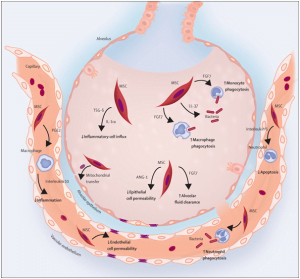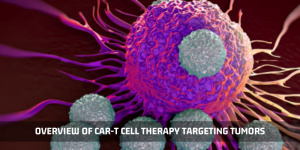The butterfly-shaped thyroid gland secretes the Thyroid hormone (TH) that is involved in the regulation of metabolism in children to allow growth and development as well as adults. According to a review in Physiological reviews by Mullur and team, our energy and body weight is regulated by the level of thyroid hormone by directly targeting cholesterol and carbohydrate metabolism. The condition of lower than normal levels of thyroid hormones is called hypothyroidism that has lowered metabolism of lipids and glucose to cause lowered energy and increased body weight. On the contrary, hyperthyroidism involves higher hormone levels to caused increased metabolism and weight loss.
Given the role of TH in metabolism, several systems of therapy have emerged that treat metabolic diseases. For example, 2013-published research in The American Journal of Physiology: Endocrinology and Metabolism reported that the level of triglycerides and cholesterol in the serum were lowered when GC1, a molecule that binds the thyroid receptor was tested in rats.
Close to 42 million people in India suffer from thyroid diseases, according to the Indian journal of endocrinology and metabolism (2013). Thus, correct diagnosis and treatment are warranted given this situation.
The diseases associated with abnormal TH levels and the targeting of the hormones to treat metabolic diseases as discussed above require further understanding of the mechanisms of this gland and its hormone.
One suitable system for studying the various aspects of the thyroid is thyroid cell lines that have been part of research for years. Their origin can be traced back to cancerous cells and can divide long-term in vitro. However, the maintenance of such cells in vitro can cause changes in some features in vital functions that make their use questionable.
In order to gain further insights into the thyroid, primary cultures of the thyroid have emerged. Research using primary cultures has shown the involvement of genes in thyroid cancer; He and team in The Journal of Clinical Endocrinology and Metabolism discuss the detection and involvement of genes such as FOXE1, TSHR along with long noncoding RNA (lncRNA). Thus, thyroid primary cultures serve to highlight valuable insights.
A team led by Wang reported the successful primary culture of the thyroid in Thyroid: official journal of the American Thyroid Association in 2016. Non-cancerous thyroid tissue was isolated, washed and digested with trypsin and collagenase. Following filtration and red blood cell removal, they were seeded in 6H or h7H culture medium. The former medium allowed the expression of thyroid markers for up to 21 days while the latter supported growth up to 60 days however, with loss of differentiation.
Thus, primary cultures with thyroid cells expressing most thyroid markers were can be a suitable tool to be used to study the multi-faceted “metabolism regulators”.
References:
Mullur, R., Liu, Y. Y., & Brent, G. A. (2014). Thyroid hormone regulation of metabolism. Physiological reviews, 94(2), 355–382.
Vatner DF, Weismann D, Beddow SA, et al (2013). Thyroid hormone receptor-beta agonists prevent hepatic steatosis in fat-fed rats but impair insulin sensitivity via discrete pathways. The American Journal of Physiology: Endocrinology and Metabolism 305: E89–E100.
Unnikrishnan, A. G., & Menon, U. V. (2011). Thyroid disorders in India: An epidemiological perspective. Indian journal of endocrinology and metabolism, 15(Suppl 2), S78–S81.
He H, Li W, Liyanarachchi S, Jendrzejewski J, et al (2015). Genetic predisposition to papillary thyroid carcinoma: involvement of FOXE1, TSHR, and a novel lincRNA gene, PTCSC2. The Journal of Clinical Endocrinology and Metabolism 100:E164–172
Wang, Y., Li, W., Phay, J. E., et al. (2016). Primary Cell Culture Systems for Human Thyroid Studies. Thyroid : official journal of the American Thyroid Association, 26(8), 1131–1140.



